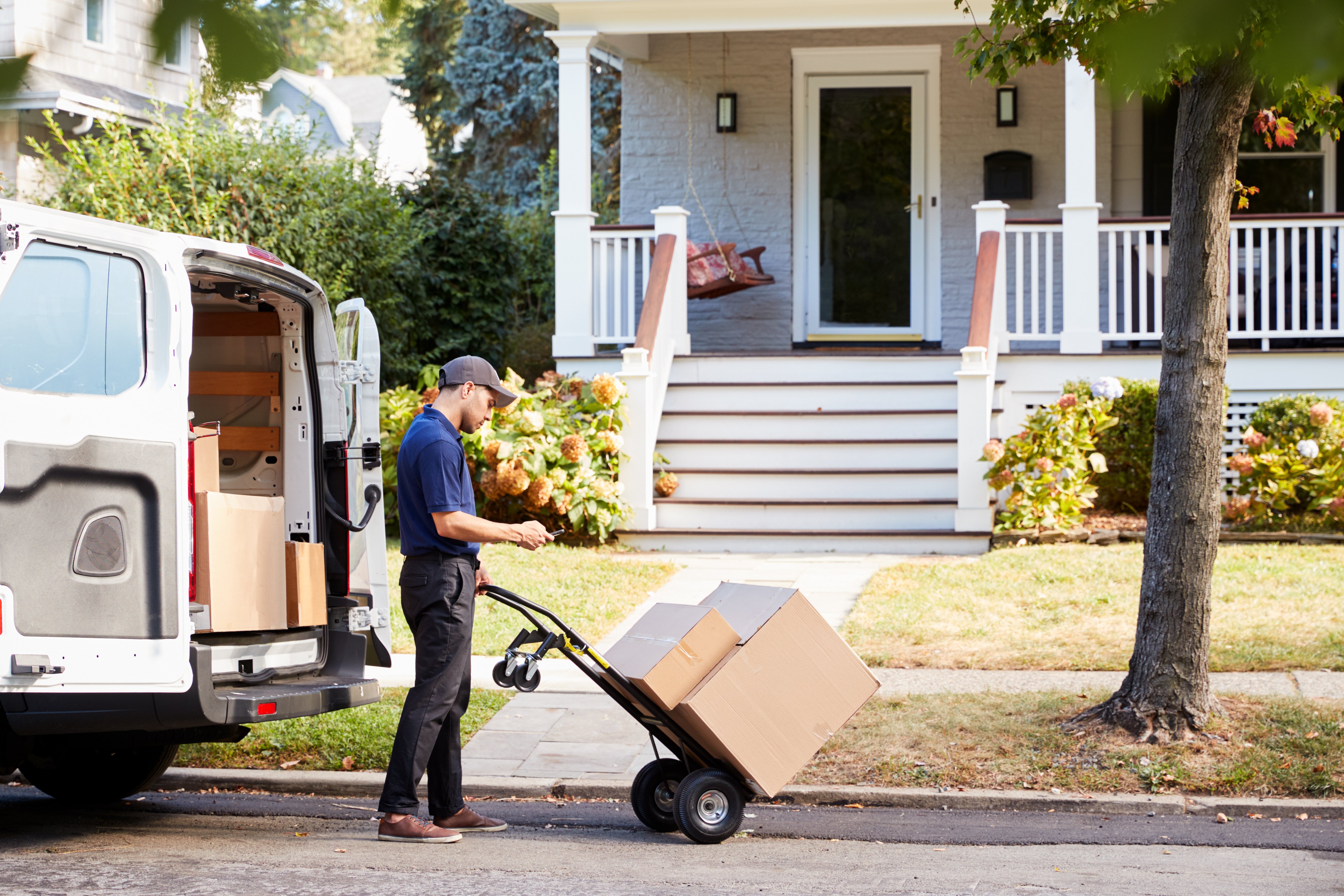ETA - the new battleground for delivery

The popularization of 2-day and overnight shipping has increased expectations of speedy delivery, but more impressive than those claims' speed is its accuracy.
Since Dominos first made its claim to deliver its pizzas to your door in “30 minutes or it's free," estimated times of arrival (ETAs) have become a logistical bragging point. While speed has been a major focus for shipping and freight companies, when it comes to calculating ETA, having the most accurate time is more desirable than simply having the fastest.
As near real-time shipping trackers become more ubiquitous among consumers and fleet owners alike, making a claim of speed and falling short becomes even more egregious than setting reasonable expectations.
Calculating ETAs has always been more complicated than dividing distance by speed. Even if you could find the fastest and shortest route, variables such as traffic density, vehicle attributes, road conditions, and more can add unpredictability that leads to increased costs — whether in the form of early/late fees, toll roads, or lacking isoline routing.
Missing an ETA — in either direction — results in a cost. The effects of being late are self-evident, possibly leading to cascading tardiness through the rest of production. However, being early could be just as costly, with many companies charging a penalty for early arrival. The further you go up in the supply chain, especially when coordinating time-sensitive deliveries from multiple points to one centralized location, the accuracy of an ETA becomes more important than its speed.
The early worm gets eaten
Accuracy can't be easily fudged or worked around. If a truck arrives early, and doesn't want to unload and incur storage costs, it would still need to take up space somewhere. Parking in the loading dock would cause traffic, slowing down operations just by being in the right place at the wrong time.
Meanwhile, trying to find somewhere else that wouldn't cause traffic at the destination could mean paying a different parking fee, or increased fuel costs and unnecessary wear-and-tear on the vehicle. At scale, this represents a costly misutilization of shipping assets, even if you can get to the destination faster than a competitor.

While speed is always a priority when it comes to shipping, more important is coordination with all the other moving parts of a delivery including the destination's preparedness, the state of other deliveries, and all the "expected unexpected". Calculating the best ETA requires a lot of different types of data, including regular updates to compensate for unpredictable factors like weather, accidents, and road work.
Our fleet utilization solutions keep drivers on schedule with near real-time updates to ETA, with variations considering current conditions, historical conditions, and predictive conditions so that they are aware of a full range of possibilities. Both the driver and the client are kept aware of a window to expect the delivery, and receive notifications should there be something along the route that would cause a delay as far in advance as possible.
ETAs at a local level
While this article has focused on heavy fleet and long-haul examples thus far, having the most accurate possible ETA is also relevant for light fleets dealing in ride-hailing and local delivery, which often require multiple pick-ups and drop-offs. In many cases, the fastest route through multiple points could also be the least reliable once factoring in isoline, traffic conditions, and return time. In the case of ride-hailing, revenue could be further optimized through pooling and staying within more populated areas, which further complicates ETA arithmetic.

Estimated Time of Arrival is an area of logistics where meeting expectations is exceeding them. Once speed becomes expected, accuracy becomes the deciding factor. A ride-hailing app that keeps people waiting on the sidewalk will lose out to one that can ensure a car on their corner the moment they leave their home.
As people begin to organize entire days and weeks through digital assistants and IoT devices, having food and other packages delivered when they expect becomes more important than an instant but inconvenient arrival.
And as factories and distribution centers become more automated, they'll become less flexible to improvise around early or late deliveries. Therefore, more accurate and reliable data, as provided by our fleet utilization solutions, gives firms the edge to better set and manage client expectations by delivering shipments right on time.
Have your say
Sign up for our newsletter
Why sign up:
- Latest offers and discounts
- Tailored content delivered weekly
- Exclusive events
- One click to unsubscribe


